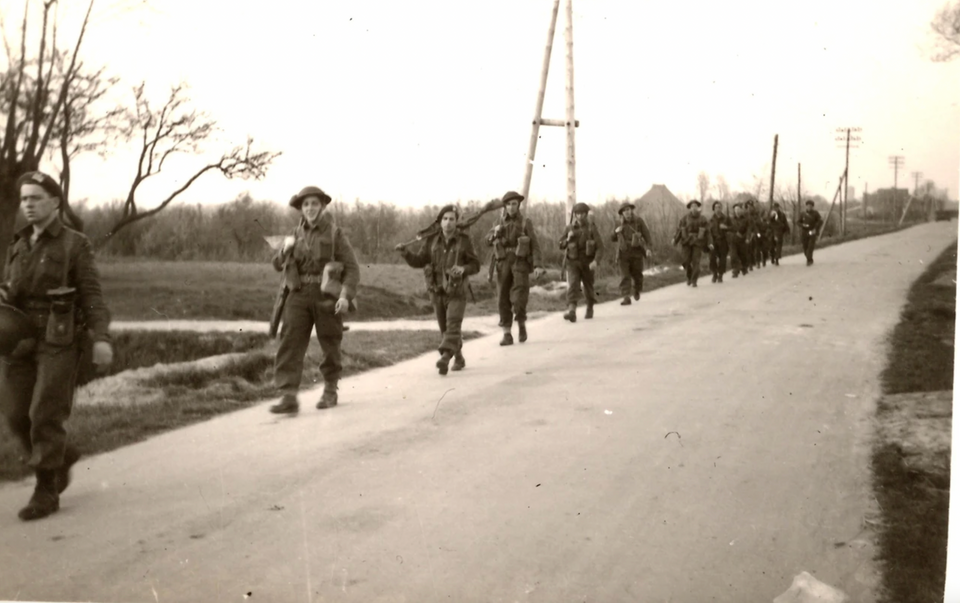Locations
553 to 576 of 5450 results
-
Mini Camping Sathe Landzicht
Mini Camping Sathe Landzicht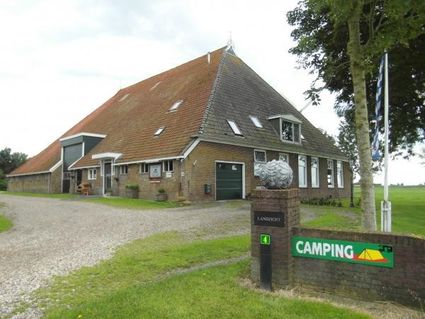 Nijhuizum
Nijhuizum
from your location
-
De Friese Ardennen
De Friese Ardennen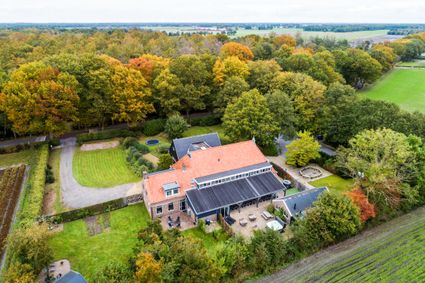 Appelscha
Appelscha
from your location
-
Oosterschar - Vogelkijkhut 'Skiere Goes'
Oosterschar - Vogelkijkhut 'Skiere Goes'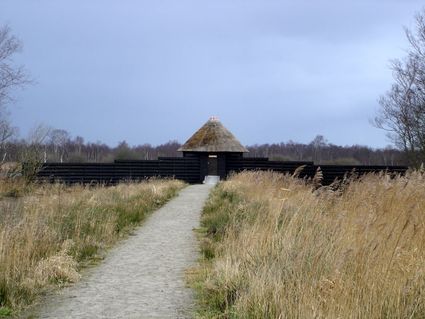 Rotstergaast
Rotstergaast
from your location
-
The liberation of Leeuwarden
The liberation of Leeuwarden
On 11 April 1945, it became clear that German resistance in the north of the Netherlands was limited. On 12 April, the Allies seized this opportunity to advance on Friesland as quickly as possible. One of the main goals was to liberate Leeuwarden. The 9th Canadian Infantry Brigade was designated for this purpose. But things would turn out differently.
On 12 April, the Royal Canadian Dragoons entered Friesland at Noordwolde. They were to conduct reconnaissance with their armoured vehicles and reach the Wadden Sea as quickly as possible. As a result, the German troops in Friesland and Groningen would be separated.
On the night of 14 to 15 April, three Squadrons of the Dragoons were at Suameer. Burgum could not be reached earlier that day, because the bridge at Burgummerdam had been blown up by the Germans.
Meanwhile, all sorts of things were happening in nearby Leeuwarden. On 12 April, the airfield had been blown up by the Germans. And they left the city on 14 April. Leeuwarden would not be defended. The Burgerweeshuis (Civil Orphanage) that had housed several German agencies was set on fire. An attempt to blow up the telephone exchange failed due to an ingenious intervention by the resistance. In the early morning of 15 April, the resistance also took to the streets en masse to occupy important points and to capture Germans who had remained behind.
The Dragoons in Suameer were in contact with the resistance in Leeuwarden. Due to various reports, it was unclear whether there was now heavy fighting in Leeuwarden or whether the Germans had left the city completely. Because the Germans had blown up important bridges on the route from Heerenveen to Leeuwarden, the infantry could not quickly provide assistance.
So, the Dragoons went to take a look for themselves. Initially, a patrol of four vehicles was sent via the Groningerstraatweg into the city around half past eleven. One of the Canadians in those vehicles recorded the following:
"As we entered the city, passing through the concrete barrier by the narrow passageway left for normal traffic, we were met by an almost hysterical patrol of Resistance men [...] In a few moments the news of our arrival had spread through the city, and we were given a fantastic welcome as we rolled slowly forward into the centre of town."A resident of Leeuwarden recalled:
"We lived close to the Groningerstraatweg, where our liberators passed. Many hundreds of us stood there, all happy spectators. All of a sudden, two ladies from the row flung themselves forward and threw their arms around the Canadians' necks, saying: "Oh darlings, you’re here at last!"After the patrol determined that the coast was clear, the entire C Squadron, a detachment of the Royal Canadian Engineers and Regimental Headquarters of Lieutenant-Colonel Landell followed. Leeuwarden had been liberated. After this, thousands took to the streets. One of the Canadians wrote:
"We halted, and were immediately surrounded by laughing, yelling mobs of people, bringing flowers to give to us, and cheering every move. The Resistance men were everywhere, doing their best to keep the people within bounds and off the cars, but their efforts were hardly necessary. I never saw a more satisfying gathering in my life."Leeuwarden had been liberated by the Dragoons through unexpected circumstances. On the night of 15 to 16 April, Canadian infantry moved into the city.
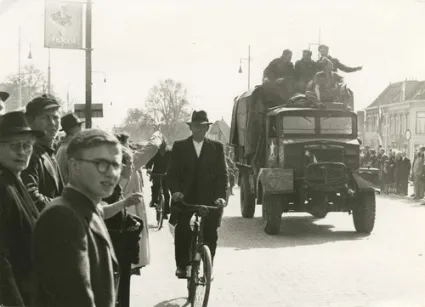 Leeuwarden
Leeuwarden
from your location
-
-
Restaurant de Vijf Sinnen
Restaurant de Vijf Sinnen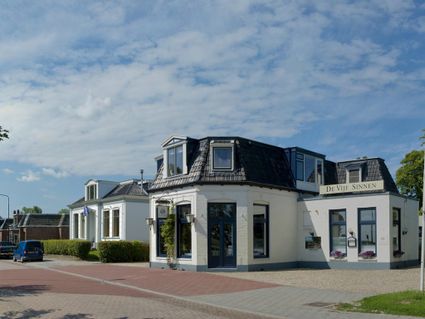 Weidum
Weidum
from your location
-
B & B Kastleinshoeke
B & B Kastleinshoeke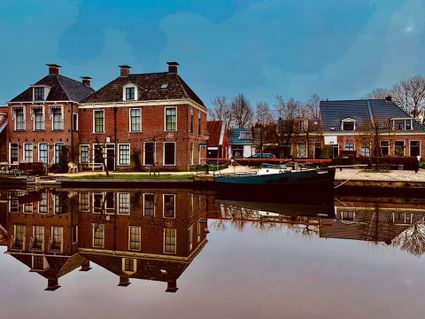 Snakkerburen
Snakkerburen
from your location
-
Beeld Hein Mader Molenbosch Oldeberkoop
Beeld Hein Mader Molenbosch Oldeberkoop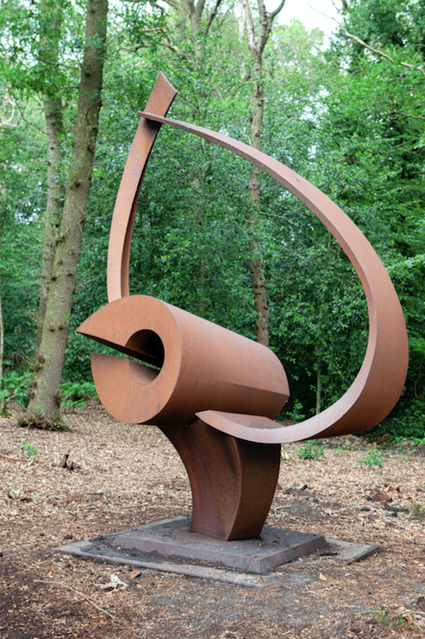 Oldeberkoop
Oldeberkoop
from your location
-
Restaurant Marhaba
Restaurant Marhaba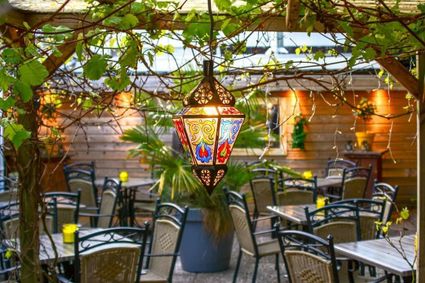 Drachten
Drachten
from your location
-
Stadslogement de Wolkeamer
Stadslogement de Wolkeamer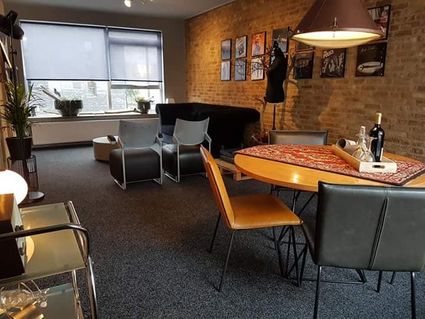 Drachten
Drachten
from your location
-
Survivallen in De Knipe
-


Accept cookies to see this content.
Survivallen in De Knipe
 De Knipe
De Knipe
from your location
-
-
Het Lage Noorden
Het Lage Noorden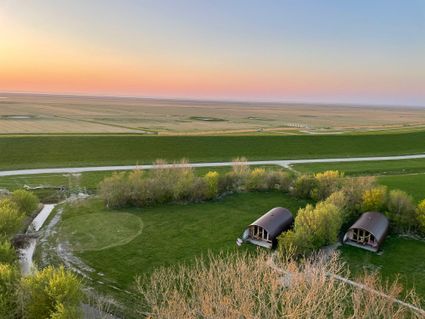 Marrum
Marrum
from your location
-
Duurswouderheide
-


Accept cookies to see this content.
Duurswouderheide
 Wijnjewoude
Wijnjewoude
from your location
-
-
Burgumer Mar - Uitkijktoren
Burgumer Mar - Uitkijktoren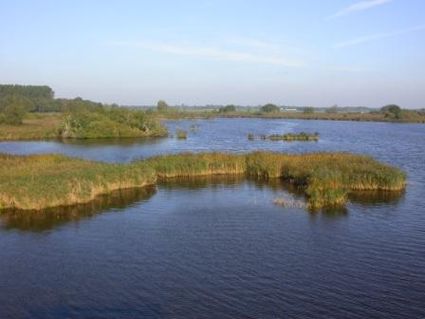 Burgum
Burgum
from your location
-
Vlielander Bunkerkaas
Vlielander Bunkerkaas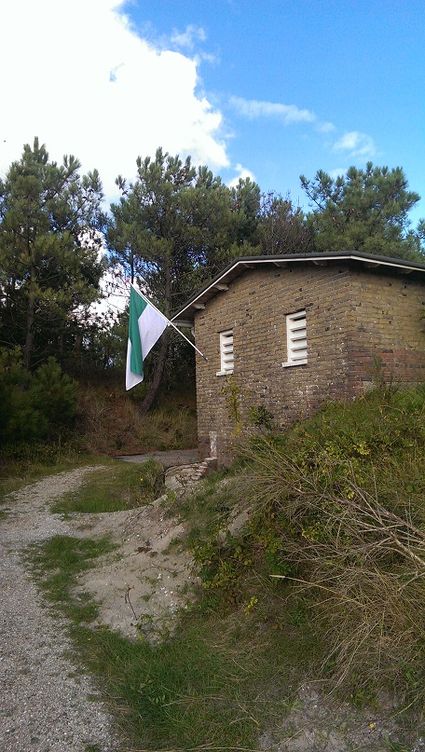 Vlieland
Vlieland
from your location
-
Kampari - Kraanvogel
Kampari - Kraanvogel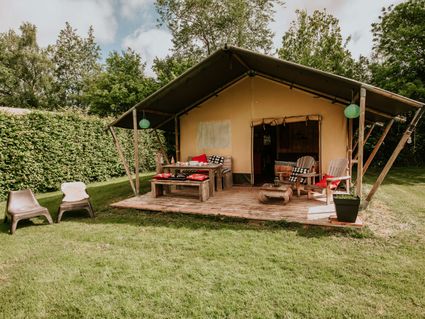 Delfstrahuizen
Delfstrahuizen
Direct boekbaar
from your location
-
IJssalon Eatalia
IJssalon Eatalia Sneek
Sneek
from your location
-
Grain Carrier’s Cottage (Korendragershuisje)
Grain Carrier’s Cottage (Korendragershuisje)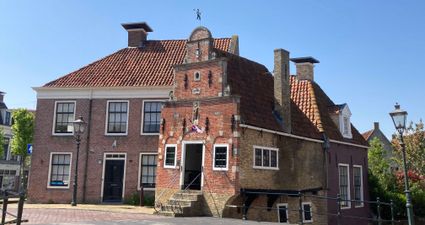 Franeker
Franeker
from your location
-
Proeflokaal de Stadswaagh
Proeflokaal de Stadswaagh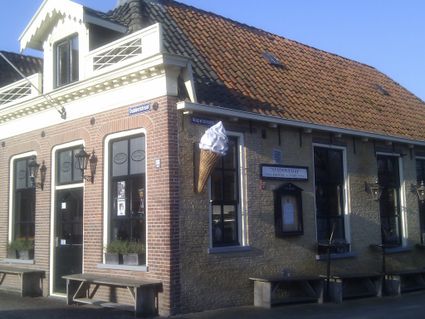 Sloten
Sloten
from your location
-
Beach Resorts Makkum - Beachvilla XL
Beach Resorts Makkum - Beachvilla XL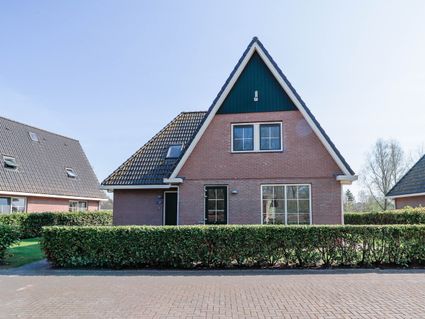 Makkum
Makkum
Direct boekbaar
from your location
-
Landgoed De Slotplaats
Landgoed De Slotplaats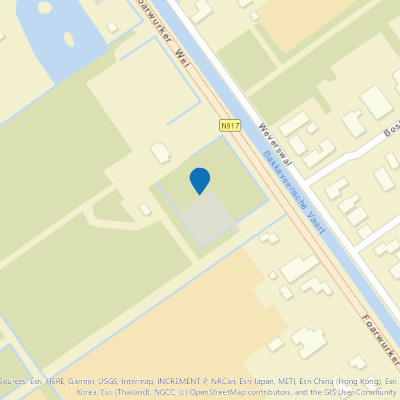 Bakkeveen
Bakkeveen
from your location
-
Nieuwe Smederij Ferwert
Nieuwe Smederij Ferwert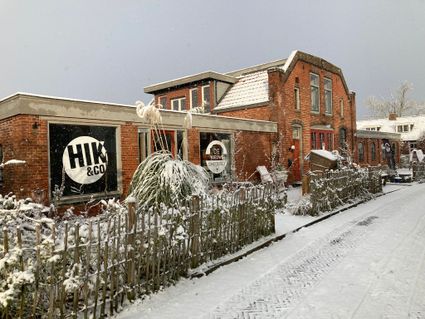 Ferwert
Ferwert
from your location
-
Hempenserpoldermolen
Hempenserpoldermolen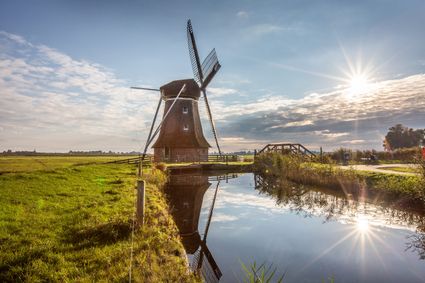 Wergea
Wergea
from your location
-
Gallerie54
Gallerie54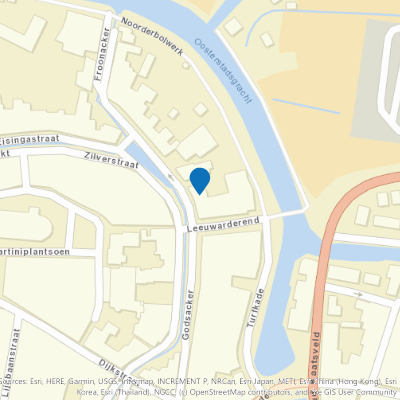 Franeker
Franeker
from your location
-
Monument Scharsterbrug
Monument Scharsterbrug
Het dorp Scharsterbrug en de brug over de Scharster-Rijn waren belangrijk voor de Duitse verdedigers. Beide lagen op de weg naar Lemmer waar honderden Duitse militairen per schip hoopten te kunnen ontkomen naar Noord-Holland. In korte tijd werd er tweemaal gevochten in Scharsterbrug.
Op 9 april probeerden 13 mannen van de Nederlandse Binnenlandse Strijdkrachten (N.B.S.) van Doniawerstal de brug in Scharsterbrug te veroveren op een tiental Duitse bewakers. De Duitsers werden overmeesterd waarbij één van hen werd neergeschoten. De N.B.S. dacht hij gedood was, maar dat bleek anders te zijn toen uitgerekend hij er in slaagde om een andere groep Duitsers te waarschuwen.
Deze groep bevond zich op een nabijgelegen patrouilleboot. Met de zware wapens van deze boot openden de Duitsers vervolgens het vuur. De N.B.S.’ers zagen daardoor geen kans meer om de brug definitief te veroveren en trokken zich terug. Door het Duitse vuur vielen in het dorp verschillende slachtoffers. Waaronder één dode. In de dagen daarna was het dorp toneel van colonnes Duitse soldaten die zich richting Lemmer terugtrokken met als doel om van daaruit de oversteek naar Noord-Holland te maken. Scharsterbrug was voor de Duitsers in deze dagen dus erg belangrijk.Op 15 april waren de Canadezen zo dichtbij dat de Duitsers besloten om de brug op te blazen. Maar zij trokken zich daarna niet terug. De Scharster-Rijn was één van de laatste belangrijke hindernissen op weg naar Lemmer. En in Lemmer bevonden zich nog enkele honderden Duitsers die naar Noord-Holland wilden. Het dorp moest dus verdedigd worden.
De eerste confrontatie met de Canadezen vond al die dag plaats.
Joure was zonder slag of stoot bevrijd. In een poging om een zuidelijke route naar Sneek te vinden stuitten 7th Reconnaissance Regiment Duke of York’s Royal Canadian Hussars op de opgeblazen brug in Scharsterbrug. De Duitsers namen de Canadezen onder vuur. De Canadezen maakten echter korte metten met de Duitsers aan hun kant van het water en trokken zich daarna terug.
De resterende Duitsers verschansten zich in de Hollandia zuivelfabriek, enkele huizen en boerderijen en in schuttersputjes langs de weg. Hier hadden ze een goed uitzicht op de weg naar Joure. Het lokale verzet speelde een belangrijke rol bij het verkennen van de Duitse posities. Hierbij kwam één van hen, Richard Jung, om het leven.
Nadat was vastgesteld dat de Duitsers zich ook in de Hollandia fabriek bevonden, openden de Canadezen op 16 april het vuur met mortieren en geschut. De rest van de dag werd er over en weer geschoten. Twee voertuigen van de Cameron Highlanders of Ottawa werden geraakt door een stuk luchtafweergeschut. Daarbij raakten vier Canadezen gewond. Daarna maakte een aanval van het Régiment de la Chaudière een einde aan de Duitse tegenstand in Scharsterbrug. Hierbij sneuvelde Lance Corporal Lucien Potvin.
Na de strijd was er geen sprake van een feeststemming in het dorp. De aanblik op Scharsterbrug na de gevechten was vreselijk. De destijds zesjarige Otto Haitsma herinnerde zich: ‘kapot geschoten huizen, smeulende resten van stallen en boerderijen, zwartgeblakerde opgezwollen dode koeien en paarden met opengesperde ogen en vlakbij de melkfabriek een hoop lichamen zonder armen of benen en weggeschoten hoofden in bloed doordrenkte flarden van uniformen’.
De bevrijding van Scharsterbrug opende de weg naar Lemmer. De Canadese engineers bouwden op 17 april een Bailey brug naast de verwoeste brug. Lemmer kon dezelfde dag worden bevrijd.
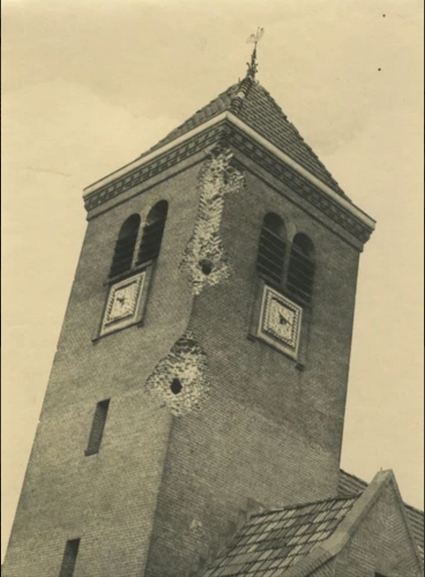 Scharsterbrug
Scharsterbrug
from your location
-



